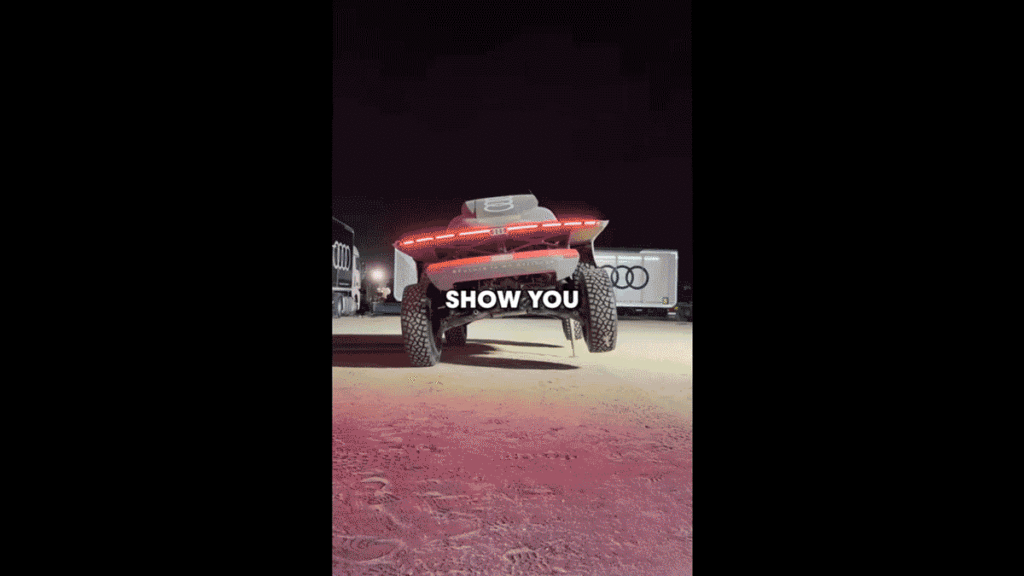Audi's Built-In Jack For Fast Tire Swaps At Dakar Is Genius

The 2024 Dakar Rally is one stage away from the end, and Carlos Sainz is in the lead. If the 61-year old driver wins, Audi will go out on top in a number of important ways. This is the last time out at Dakar for the carmaker, which said it would be pulling out of the rally after 2024. But Team Audi Sport driver Carlos Sainz could deliver the first Dakar Rally victory for a vehicle with an electric drivetrain all thanks to the tech on the RS Q e-tron, including a built-in jack that lets Audi drivers perform quick tire swaps and other repairs.
I Want To Go Electric | What Car Should You Buy?
There are two jacks integrated into the RS Q e-tron’s side panels, one on each side. The jacks are not revolutionary, nor are they rare in these kinds of rally stages, but their genius lies in their simplicity. Watch an Audi Dakar engineer show how the jacks work, courtesy of a Red Bull Rally video:
This is how the jack works on the Audi RS Q e-tron #dakar2024
The Audi’s jacks combine metal tubes and a circular pad in what appears to be a system similar to a standard hydraulic jack you might have in your garage. But the e-tron’s jacks seem to be built into the vehicle, presumably in the best load-bearing position for such a device.
The jacks are lowered and raised through controls that are located on both the outside of the vehicle near the door opening, or inside of the Audi’s cabin in the center console. This could be for the sake of redundancy in case one set of controls fail to lower and raise the legs of the jacks. And these legs must be pretty long in order to provide enough clearance to change out the 37-inch BF Goodrich tires of the RS Q e-tron.
The jacks are just one of many features the Audi has onboard to traverse the stages of one of the toughest rallies in the world. The vital bits are, of course, the 2.0-liter turbocharged four-cylinder engine that charges the e-tron’s battery to power two electric motors riding over each axle. The RS Q e-tron will sprint from 0-60 miles per hour in 4.5 seconds, but what good is that speed when the car is beached on flat tires?
Punctures are among the most common obstacles that Dakar drivers face. In fact, tire punctures and hydraulic jack failure is what may have cost Sébastien Loeb his victory over Sainz in 2024, according to Dirtfish, which proves a trusty jack (or two) is vital at Dakar.
In one part of the video, it looks like a driver or mechanic could fully fit under the vehicle when raised by the jacks. Of course, it might seem like a precarious situation to be under the Dakar machine for extended periods of time, as in the case of driver Mattias Ekström, who suffered a major mechanical breakdown in his RS Q e-tron’s suspension that cost him precious time earlier this week. But I trust Audi engineers would not endanger their drivers with crappy jacks.
Ekström still managed to save the day at a later stage, sacrificing his Audi’s tires so that Carlos Sainz could charge ahead for the win, as Top Gear reports. Sainz himself says that the Dakar is not over yet, but victory is close for him and Audi.







